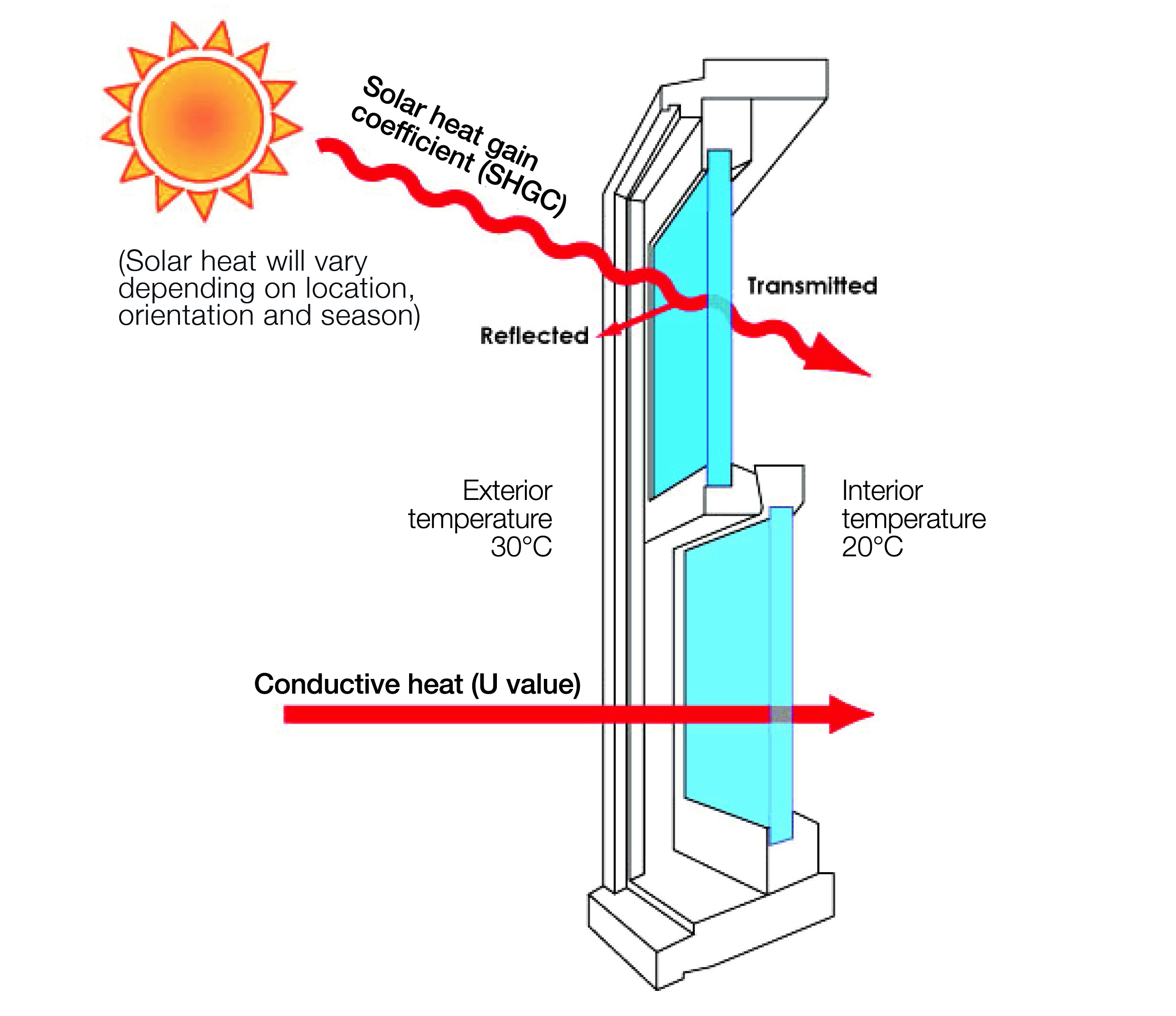All Categories
Featured
Table of Contents
Why Double Glazing Keeps Your Home Cooler In Summer? in Balcatta Perth
Laminated glass is frequently used in areas in the home most susceptible to injury from human effect such as restrooms, doors, around staircases and in areas close to the floor (it fulfills the requirements of 'security glass' that is mandated for use in these locations by Australian Standard AS 1288 Glass in structures).
Toughened glass has been 'tempered' by being reheated and quickly cooled again. This procedure makes it much more powerful than standard glass it can resist greater impact loads prior to breaking. It likewise makes it safer since, when it does shatter, it gets into lots of little cubic pieces rather than dangerous shards.
Summer Scorcher Predicted, Again! Double Glazed ... in Middle Swan WA
However, toughened glass has no thermal or acoustic benefits over other glass of the same toning or thickness. Secondary glazing is where single-glazed windows are retrofitted with a transparent acrylic or glass sheet connected to the inside of the frame or openable sash with a secondary frame or with magnetic strips.


Secondary glazing will not perform also thermally as a manufactured IGU, because it is impossible to totally seal the perimeter, however it can provide great sound control. Window films are a thin polymer film containing a taking in dye or reflective metal layer, with an adhesive backing. They stick to your glazing to change its colour or make it reflective.
Glass Selector - Custom Single & Double Glazed ... in Palmyra Perth
Applied to existing glass, some window movies can halve the total SHGC of the window by taking in and/or reflecting solar radiation. This can be especially advantageous in hotter environments where cooling is the primary issue, or on east and west elevations straight exposed to long periods of sunshine. Window films may likewise minimize noticeable light transmittance.

For this reason, it is typically best to use a recognized installer of window movie. Frames have a considerable impact on the thermal efficiency of doors and windows, due to the fact that energy can be gotten and lost through the frame, along with through the glass. Different kinds of frame will permit various levels of heat gain and loss, so cautious choice of frame is important for efficient passive design.
How Double Glazing Can Help Keep Your Home Cool In ... in Myaree WA
Nevertheless, aluminium is also a great conductor of heat and will decrease the insulating value of a glazing system, unless specifically crafted to decrease this. A 'thermally broken' frame is comprised of 2 aluminium areas linked by a structural insulator (generally a low-conductivity structural polymer). This 'breaks' the thermal connection through the aluminium and minimizes the heat streaming through the frame.
Timber frames are a good natural insulator that can suit some home designs. Timber frames should be made from types that have naturally high durability or be dealt with to prevent decay and deformation.
Climateframe Double Glazing: Perth's Double Glazed ... in Lakes Perth
Nevertheless, this can result in spaces that enable air seepage unless excellent draught sealing (weather removing) is installed. u, PVC is a type of plastic (unplasticised polyvinyl chloride, likewise referred to as rigid PVC). u, PVC frames offer outstanding thermal efficiency, frequently much better than timber or thermally broken aluminium. u, PVC is long enduring and needs extremely little upkeep, and can be moulded into complex profiles that offer outstanding air seals.
u, PVC doors and windows have exceptional thermal performance Photo: Ben Wrigley (Light Home Architecture and Science) Composite frames utilize aluminium profiles on the external sections with either a wood or u, PVC inner area. These combine the low upkeep and toughness of aluminium with much improved thermal efficiency.
Latest Posts
Double Glazed Windows in West Leederville Perth
Double Glazed Windows Melbourne in Medina Western Australia
Double Glazing Companies Near Me Reviewed 2023 in Huntingdale WA